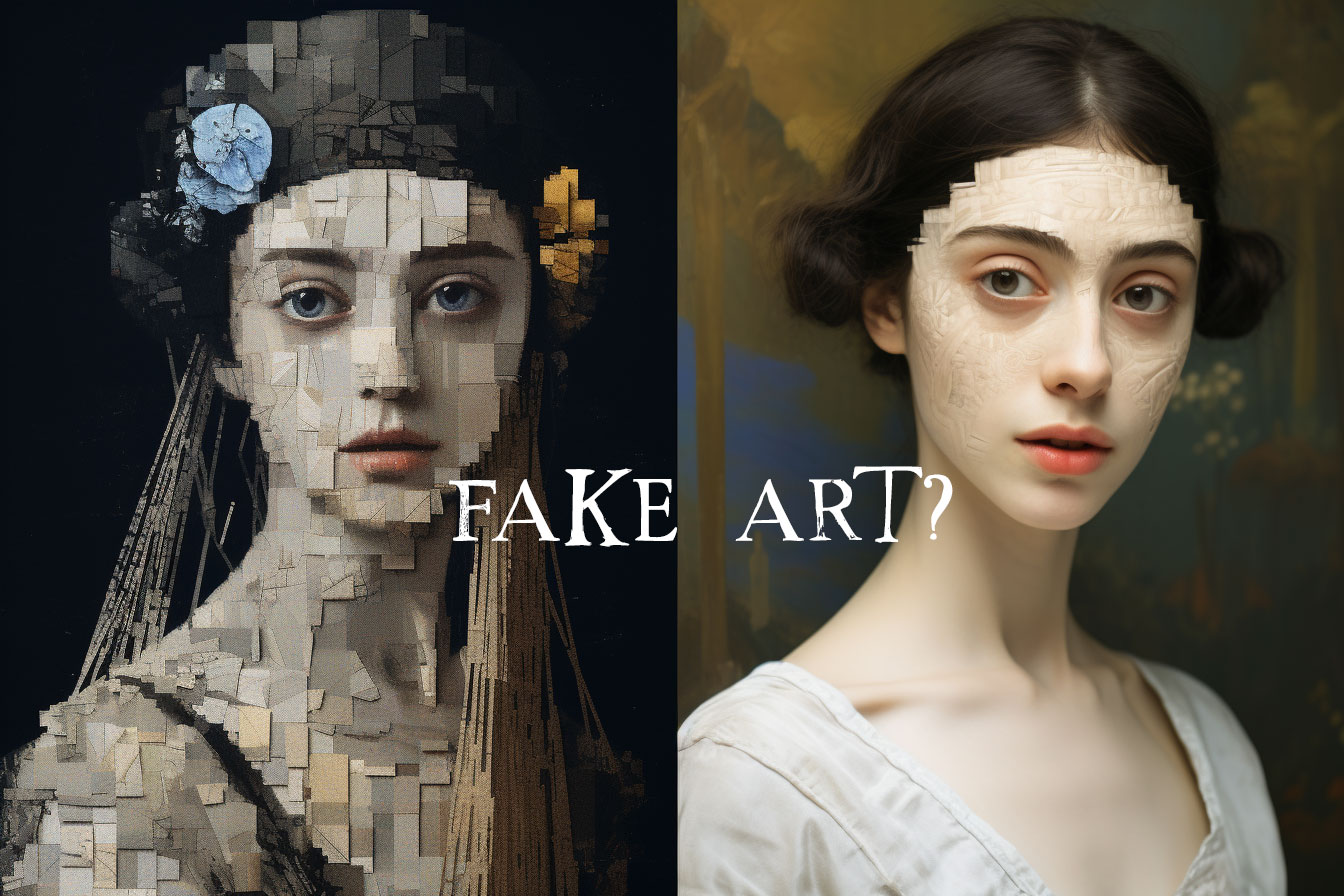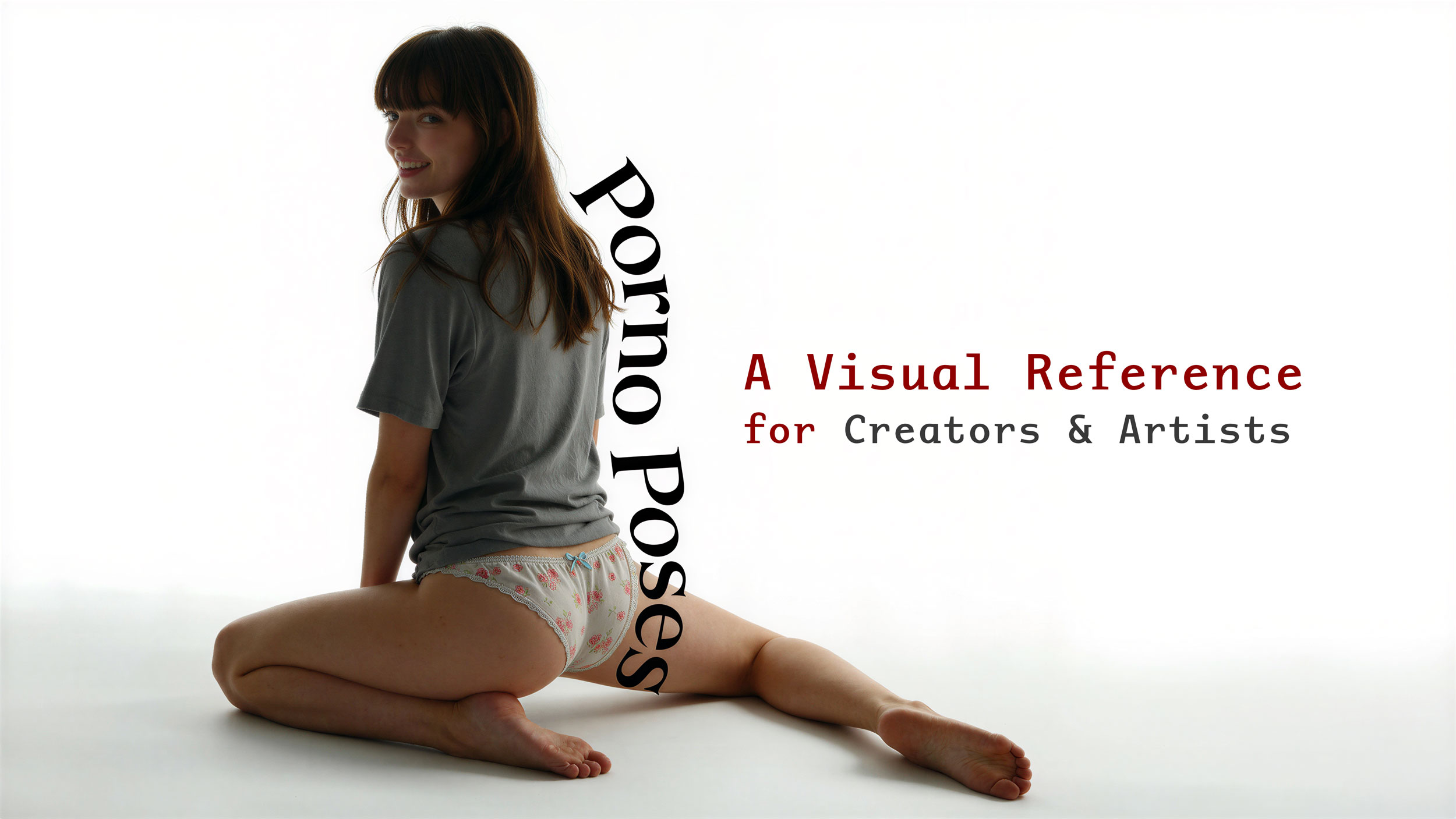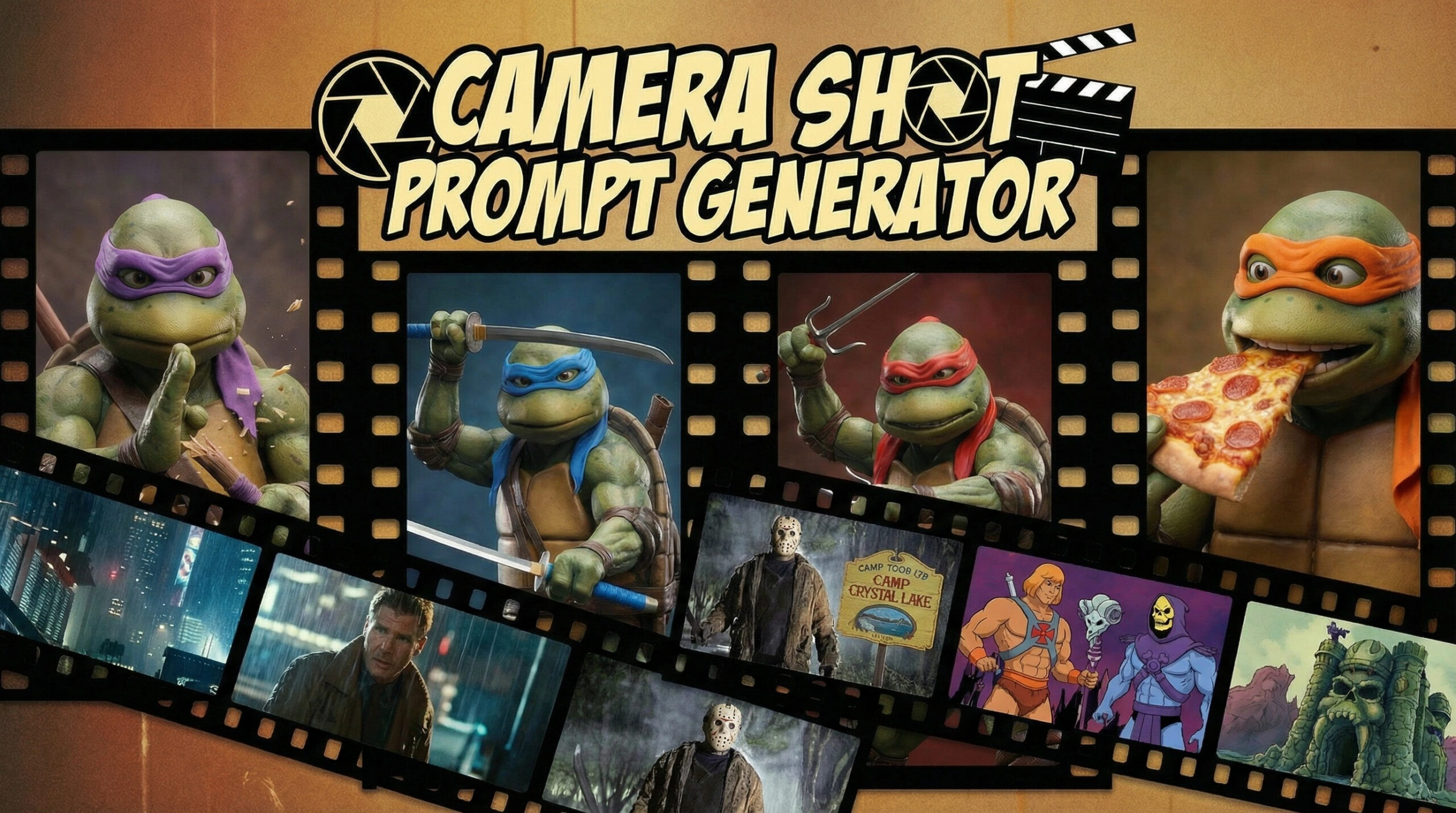
AI Creatives: Are AI Artists Really Artists
They say art is the ultimate expression of human creativity, a concept as old as humanity itself. But as we zoom along the information superhighway, we’re witnessing a shift in this paradigm. We’re entering a new place in time where zeros and ones are merging with strokes and shades, leading us to a burning question:
Are AI artists really artists? The Shift in Perception
Are AI artists really artists? This isn’t just a question; it’s a cultural phenomenon that’s sparked heated debates in corners as diverse as hipster-filled coffee shops, the hallowed halls of art institutes, and the buzzing forums of the digital world. From the paint-splattered smocks of traditional artists to the sleek silicon minds of AI systems, this question is making everyone sit up and take notice.
The collision of the art world with AI is more than a mere meeting of two disciplines. It’s a fusion, a creative explosion that is challenging our very understanding of art and creativity.

Table of Contents
Stable Diffusion: A Tool for Creation
Is it an artist, a tool, or a creative disruptor? Consider this: a paintbrush, in the hands of an artist, becomes an instrument of creation. It doesn’t hold the creative force itself, but it is a medium through which the artist’s creativity flows and transforms into a tangible form. In a similar vein, Stable Diffusion is a tool that uses AI algorithms to facilitate and amplify human creativity.
Now, the AI in Stable Diffusion is indeed capable of generating unique and evocative visual art. It utilizes vast sets of data, learning from countless examples of existing artworks, and uses this information to generate new, original pieces. But at the end of the day, it’s the human user that provides the essential creative spark. The artist decides what data to feed, what parameters to set, and ultimately, what generated output to choose and present as the final artwork.
Stable Diffusion doesn’t dream up concepts or experiences from a lived life; it doesn’t feel the sting of heartbreak or the joy of a summer’s day. It doesn’t possess an innate drive to create, to express, or to communicate deeply personal narratives or emotions. These are the hallmarks of human artists, the ineffable qualities that inform their art. Stable Diffusion is an incredibly powerful tool, but it doesn’t replace the human creative spirit—it magnifies it.
In the grand scheme of this debate, Stable Diffusion stands as an instrument of creativity, a conduit for artists to explore new realms of artistic possibilities. Its role is not to steal the limelight but to illuminate the stage for human creativity.
Art: Human vs. AI
Let’s dive into the heart of this debate: how does art created by humans stack up against art generated by AI, such as Stable Diffusion? It’s a complex comparison that goes beyond the surface-level aesthetics.
When humans create art, it’s a deeply personal endeavor. The creative process involves a unique interplay of emotions, experiences, cultural backgrounds, and personal perspectives. Each stroke on the canvas, each note in a melody, each word in a poem – they’re all driven by a unique human consciousness. This personal touch, this soul, if you will, is something that AI, as of now, cannot replicate.

On the other hand, AI art, like the works produced by Stable Diffusion, offers a whole new perspective on creativity. It utilizes vast sets of data, learning from countless examples of existing artworks, to generate new, unique compositions. It breaks down traditional boundaries, pushing the envelope of what’s considered possible in the art world. The pieces that Stable Diffusion creates can be stunning, unexpected, and provoke deep thought and conversation.
Yet, they lack a certain element that human-made art possesses: the lived experience. AI does not experience emotions or form memories. It doesn’t hold personal beliefs or cultural identities. It doesn’t have a story to tell, at least not in the way humans do. As fascinating as AI-created art can be, it’s devoid of the personal narrative that so often gives art its depth and resonance. I touch on sentient AI in the blog below.

Introduction As we stand on the precipice of an era defined by artificial intelligence and non-physical exploration, our understanding of what lies ahead continues to evolve. As a photographer, I’ve been privileged to observe and capture the world through a distinctive lens, honing a perspective deeply influenced by the creative brilliance of Gary Fong. Fong,…
Human and AI art, while seemingly at odds, actually serve to complement each other. The human artist’s ability to infuse their work with emotion and personal narrative stands unchallenged. In contrast, AI opens up new, unexplored avenues of creativity. They each have their place in the grand theme of artistic expression, offering diverse perspectives and enriching the world of art.
A Blend of Traditional and AI Art
In a time where we’re constantly redefining the boundaries of what art is, the blend of traditional and AI art offers a whole new world of possibilities. This hybrid form of art has the potential to push the creative envelope in ways previously unimaginable.
Combining human creativity and AI capabilities, we witness a synergistic partnership. Artists can use tools like Stable Diffusion to experiment with styles, forms, and structures they couldn’t create otherwise. At the same time, these AI technologies learn and evolve through interaction with human input and feedback.

AI Collaborations
This collaboration presents a vast, untapped potential for innovative and exciting creations. We see a fusion of human emotion, experience, and cultural understanding with AI’s ability to generate unexpected, novel compositions. The result is a new artistic landscape that challenges our perception and understanding of art.
In my pursuit to amalgamate my two-decade long learnings from the creative industry, I intend to utilize my diverse skill set, garnered from various sectors I’ve been part of. The plan is to amalgamate these skills with the cutting-edge creative AI tools currently available. The objective is to craft an immersive universe filled with intertwining narratives, with photography serving as the cornerstone of my visual storytelling. This world will materialize in the form of my web graphic novel, the DangerVerse,.
Conclusion: The Definition of Art
The debate on whether AI artists are truly artists is a reflection of our ever-evolving understanding of what art is. Just as the introduction of photography challenged traditional notions of art in the 19th century, AI-art is challenging our perception today.
Art, in its most fundamental form, is an expression, a dialogue between the creator and the viewer. In this sense, AI-created art certainly falls under the umbrella of art. It engages, provokes thought, and inspires, much like any traditional piece of art.
Yet, the debate isn’t simply about the final output; it also considers the creative process. The emotion, experience, and consciousness driving human creativity remain un-replicated in AI. While AI artists like Stable Diffusion offer a whole new realm of creativity, they cannot replace the depth and resonance of human-created art.

The definition of art continues to evolve with each new technological advancement. We’re in a fascinating period of transition and growth, where the blend of traditional and AI art is redefining the boundaries of creativity. This dialogue, this debate, is not a threat but an enriching evolution of artistic expression. Regardless of where you stand in this debate, one thing’s for sure: the future of art is as exciting as ever.
Want my take on if AI like Stable Diffusion is stealing?

Does Stable Diffusion steal art? Nope, it doesn’t sneak into galleries and nab Van Goghs under the cloak of darkness. But what it does do is learn, adapt, and transform existing artworks into new pieces. That’s the beauty and the controversy of AI art. It blurs the lines between innovation and imitation, raising plenty of eyebrows and questions along the way.
Ethics and Legalities:
- Is Stable Diffusion ethical?
- What is the controversy with Stable Diffusion?
- Does Stable Diffusion steal art?
- Is Stable Diffusion censored?
- Is Stable Diffusion stealing images?
- What is the bias of Stable Diffusion?
- Is Stable Diffusion legal?
- Are AI artists really artists?
- Why is AI art illegal?
- Does AI art rip off artists?
- Can Stable Diffusion be used commercially?






Leave a Reply